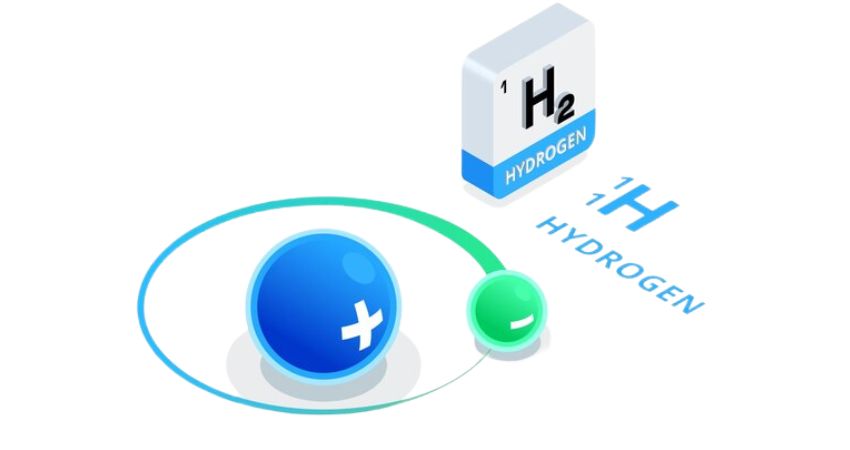Hypertonic solutions play a crucial role in various medical and biological contexts. These solutions have a higher concentration of solutes compared to a reference solution, leading to unique effects on cells and organisms. In this article, we will explore 15 examples of hypertonic solutions and their significance.
Examples of Hypertonic Solutions
A hypertonic solution refers to a solution with a higher concentration of solutes, causing water to move out of cells through osmosis. This process can have diverse applications, from medical treatments to preserving biological specimens.
1. Hypertonic Saline Solution (3% NaCl):
- Application: Used in medical settings to treat conditions like cerebral edema.
- Details: The hypertonic saline solution helps reduce brain swelling by drawing excess fluid out of brain cells.
2. Sucrose Solution:
- Application: Commonly used in plant biology experiments to induce plasmolysis.
- Details: Placing plant cells in a hypertonic sucrose solution causes water to leave the cells, leading to cell shrinkage and plasmolysis.
3. Mannitol Solution:
- Application: Employed as an osmotic diuretic to reduce intracranial pressure.
- Details: Mannitol, as a hypertonic solution, increases urine production, reducing pressure inside the skull and alleviating conditions like cerebral edema.
4. Dextrose 10% in Water:
- Application: Used in intravenous therapy to treat dehydration.
- Details: This hypertonic solution helps restore fluid balance by drawing water into the bloodstream from surrounding tissues.
5. Hypertonic Sea Water:
- Application: A natural hypertonic solution, used in marine biology studies.
- Details: Researchers use hypertonic seawater to study how marine organisms respond to changes in their external environment.
6. Hypertonic Eye Drops:
- Application: Prescribed to reduce corneal edema in certain eye conditions.
- Details: Hypertonic eye drops help decrease fluid accumulation in the cornea, addressing conditions like corneal edema.
7. Hypertonic Urea Solution:
- Application: Utilized in cryopreservation of cells and tissues.
- Details: Urea, as a hypertonic solution, helps prevent ice formation during the freezing of biological samples, preserving cellular structures.
8. Hypertonic Sodium Bicarbonate:
- Application: Applied in some medical procedures to shift acid-base balance.
- Details: This hypertonic solution is used to correct acidosis by increasing blood pH.
9. Hypertonic Glucose Solution:
- Application: Used in specific medical scenarios to regulate blood glucose levels.
- Details: Hypertonic glucose solutions may be administered intravenously to quickly raise blood sugar levels in certain medical emergencies.
10. Hypertonic Albumin Solution:
- Application: Administered in critical care to manage hypovolemia.
- Details: Albumin, as a hypertonic solution, helps increase blood volume, addressing conditions where there’s a deficit of circulating blood.
11. Hypertonic Calcium Chloride:
- Application: Used in emergency situations to treat hypocalcemia.
- Details: Hypertonic calcium chloride is administered intravenously to rapidly increase calcium levels in the blood.
12. Hypertonic Magnesium Sulfate:
- Application: Employed in obstetrics to prevent preterm labor.
- Details: Magnesium sulfate, as a hypertonic solution, is used to relax uterine muscles and prevent premature contractions.
13. Hypertonic Hydrogen Peroxide:
- Application: Utilized in certain laboratory processes for cell lysis.
- Details: Hypertonic hydrogen peroxide is used to break down cell membranes, facilitating the release of cellular contents for further analysis.
14. Hypertonic Dextran Solution:
- Application: Applied in blood transfusions to expand blood volume.
- Details: Dextran, as a hypertonic solution, helps increase blood volume and improve circulation during certain medical procedures.
15. Hypertonic Potassium Solution:
- Application: Used in medical settings to address specific potassium imbalances.
- Details: This hypertonic solution is employed to correct low potassium levels in the body, a condition known as hypokalemia.
Benefits or Advantages: Hypertonic solutions offer several advantages, including their ability to draw water out of cells, which can be beneficial in medical treatments, laboratory procedures, and various biological applications.
The examples provided demonstrate the wide range of contexts in which hypertonic solutions are utilized, showcasing their importance in research, medicine, and beyond.

